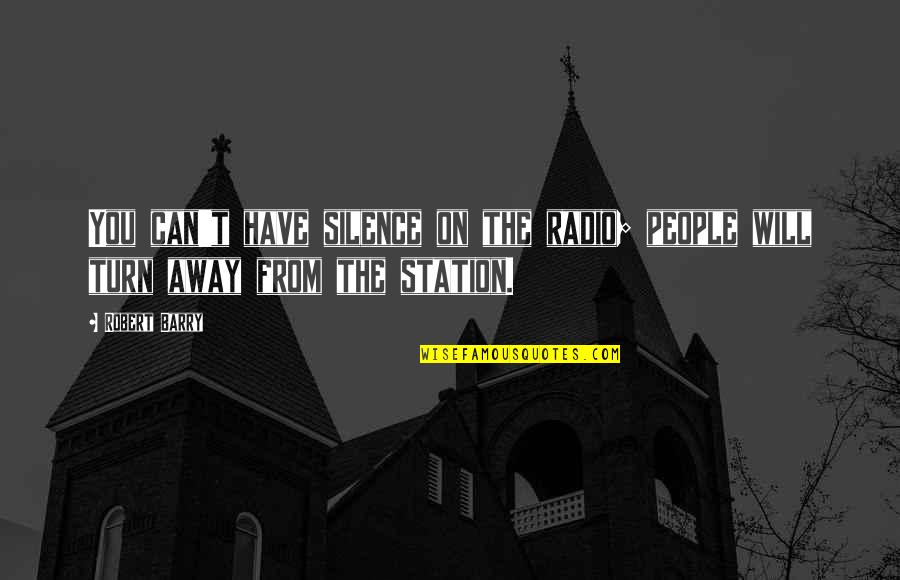
Officer welfare check / under influence of drugs

Report to / Do you have contact with ĭetaining suspect / Check auto registrationĬheck wants and record, subject Urgent / Complete present assignment ASAPĪrrived at scene / Stand by until channel clears Identify frequency / Dispatching too fastĬonvoy or escort detail / Suspicious person You are being received clearly / Signal is strongĪffirmative / Understood / Message received You are being received poorly / Cannot copy One of the most frequently used ten-codes, 10-4, has become popular enough to sometimes be used in every-day language. In addition to law enforcement, ten-codes are frequently used on Citizens' Band (CB) radio. Also, the first syllable of speech was often not transmitted, so the syllable "ten" was prefixed to all numeric codes to ensure that the important information would be received.ĭespite their usefulness, the exact meaning of ten-codes often varies between jurisdictions and locations. On old radio systems, channels were limited so messages needed to be short. The codes were originally developed in 1937 to allow for brevity, clarity, and standardization of messages transmitted over radio channels.

Ten-codes, also known as 10-codes or ten signals, are code words used by many police officers to aid with voice communication.


 0 kommentar(er)
0 kommentar(er)
